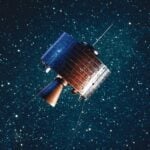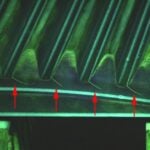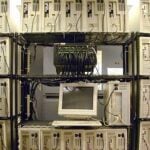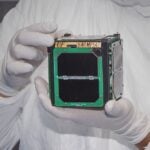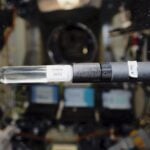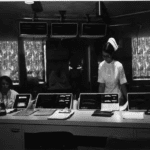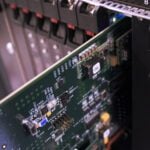Space Technology Hall of Fame Inductees
The Space Technology Hall of Fame® comprises many extraordinary innovations — all derived from or significantly improved by space research or exploration. To nominate a technology, please visit our Nominate a Technology page to learn more about the Space Technology Hall of Fame® selection criteria.
Search Filters:
In 1961, NASA awarded a $4 million contract to the Hughes Aircraft Company to design and build the first geostationary satellites. The three satellites, known as Syncom 1, 2, and 3, were individually launched in 1963 and early 1964, and remained active until 1966. The success of this program proved that geostationary satellites –…
Read More Nature’s Fynd is a food company currently producing commercial meat and dairy substitute products. The protein-rich food is produced from a microbe originally discovered in geothermal springs in Yellowstone National Park. Researcher Dr. Mark Kozubal discovered this fungal microbe while working on a NASA-supported study. This extraordinary microbe was named Fusarium strain flavolapis. The…
Read More NASGRO is a software analysis tool that was originally developed by NASA over forty years ago. In 2000, NASA entered into a Space Act Agreement with the Southwest Research Institute (SwRI) with the goal of turning the system into a significant commercial product. That agreement is still in place, and NASA and SwRI continue…
Read MoreA Beowulf Computing Cluster is a grouping of off-the-shelf computer hardware networked together with fast communication software. The resulting parallel processing power of the collection generates processing speeds faster than most super-computer systems used for complex processing – at a fraction of the cost. In the mid-90’s however, such a configuration didn’t seem very advantageous.…
Read MoreThe origin story of the CubeSat idea is clear-cut and well-known. It was conceived by two engineering professors as a teaching tool for students to get hands-on experience with satellite functionality. In the 1990’s Professor Robert Twiggs was teaching engineering students at Stanford. At the time, he had them designing and building small satellites (roughly…
Read MoreCanada’s Bubble Technology Industries (BTI) created the Bubble Detector to detect and record levels of neutron radiation exposure to humans. The detector is a small vial about the size of your thumb. It is small enough and portable enough to be worn by astronauts while in space. In addition to its space applications, the Bubble…
Read MoreIf there is one model of space pens that single-handedly launched Fisher Space Pen into space, that would be the AG7 – Original Astronaut Space Pen. The creation of this pen took thousands of failed experiments, personal investment of hard-earned money, and a tad bit of “Mad Scientist” work-ethic to bring the first ever, pressurized…
Read MoreResearchers at Ames had devised a silicon-based compound as part of the development of the X-33 and X-34 prototype planes. These planes were projected to fly at 15 times the speed of sound. The friction from these super-sonic speeds would produce extremely high temperatures on the airplanes surface, so a protective coating was needed to…
Read MoreFounded in 1958, Spacelabs Healthcare approached NASA with their concept of a real-time system for monitoring astronauts’ vital signs while in orbit, including a telemetry system to simultaneously transmit the data back to Earth. From 1962 to 1967, Spacelabs was awarded NASA and Air Force contracts to develop this system, which was first used by…
Read MoreCompunetix was founded in 1968 as a small contract-services technology provider. In 1987, they won a contract to deliver a digital voice switching system for NASA that would accommodate the agency’s wide range of communication needs. At the time, NASA’s communication network was an analog system requiring the manual switching of cables to relay communication…
Read More
